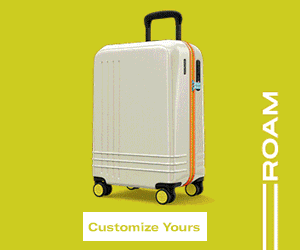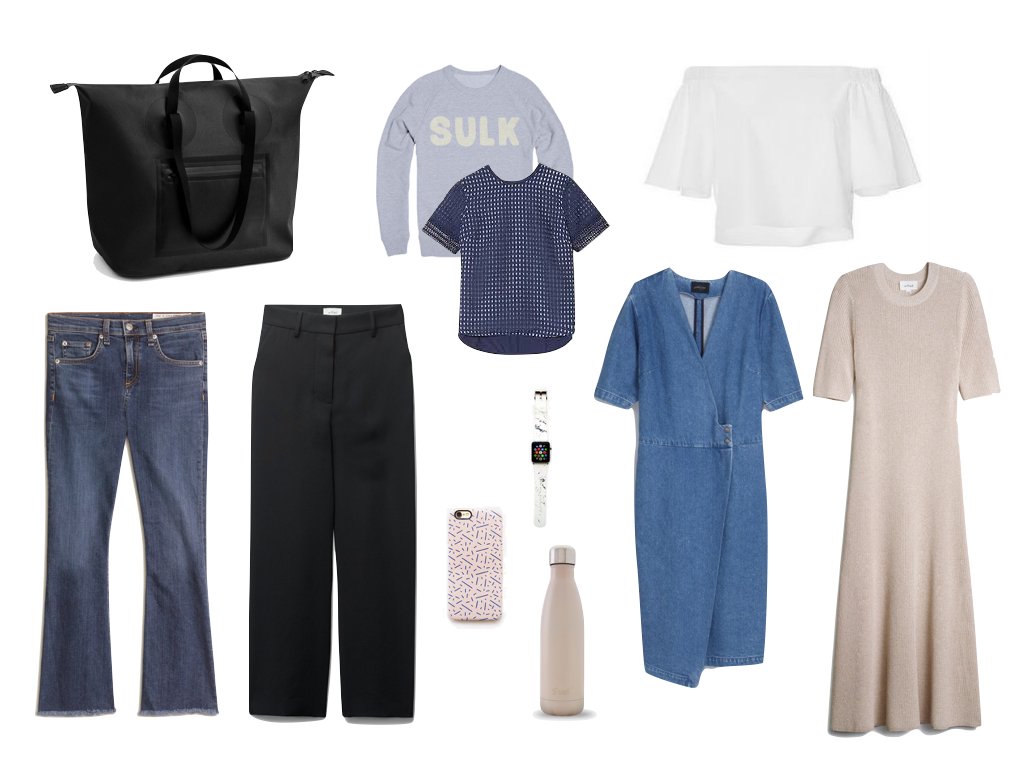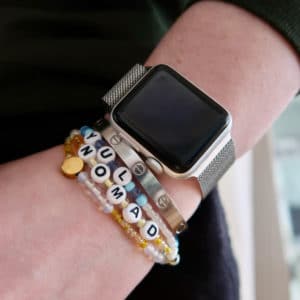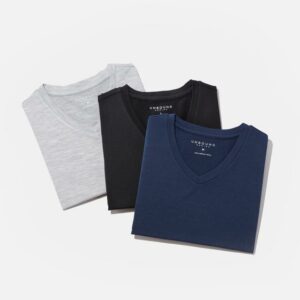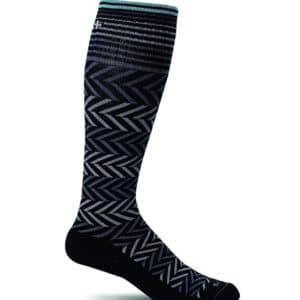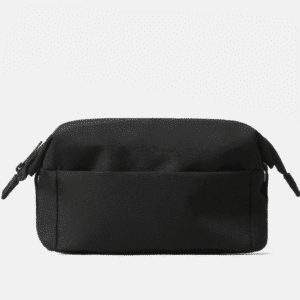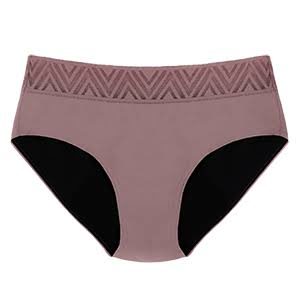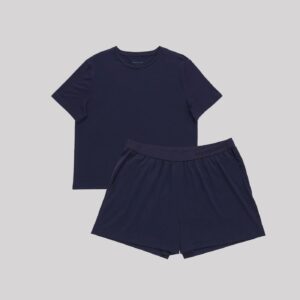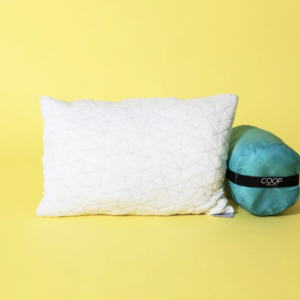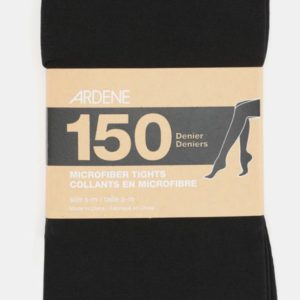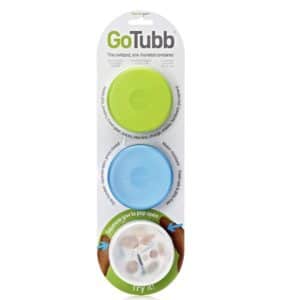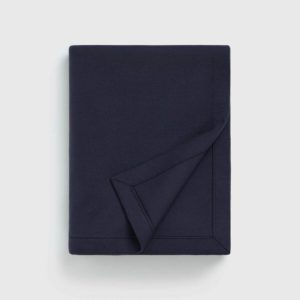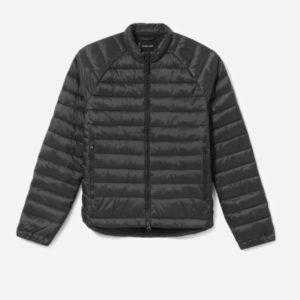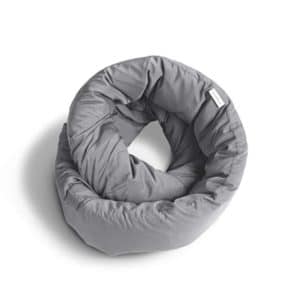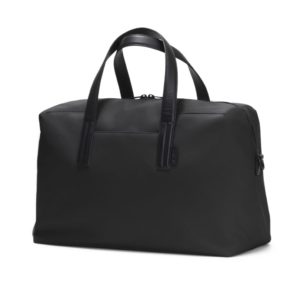Waddup Nomads! In today’s blog post, we’re diving into the age-old debate: are trunk-style suitcases better than zippered ones? While both styles are popular choices for carry-on luggage, they each have their pros and cons. Trunk-style suitcases can be pricier, leading many to wonder if they’re worth the investment. Let’s break it down!
Brands that have both: Away and July
Softshell zipper brand: Calpak
Hybrid: Carl Friedrich
The Evolution of Suitcases
Trunk-style latches have been around for centuries. Originally, “suitcases” resembled trunks, and if you were wealthy enough to travel, you probably had someone else hauling your luggage for you. Fast forward to the invention of zippers, and suitcases became more convenient with the rolling suitcase, making zippers the default fastening system on most luggage today.
Security: Trunk vs. Zipper
One major flaw with zippered suitcases is their vulnerability. A simple search for “zippers + pen” shows how easy it is to break into a zippered suitcase, despite locks and combinations. Prestige brands like Rimowa, known for their aluminum trunk-style suitcases with clasps, offer a more secure option, making this style feel very aspirational.
- Zippered Suitcases:
- Pros: More aesthetically varied, including soft-shell, hardshell, and expandable options. A wider range of pricing.
- Cons: Easy to break into, though some brands are developing puncture-proof zippers.
- Trunk-Style Suitcases:
- Pros: Much harder to break into, offering superior security. Minimalist, expensive, and fancy designs, like those from July.
- Cons: Fewer inexpensive options, and if the lock fails or gets damaged, it can render the suitcase unusable.
Durability
- Trunk-Style Suitcases: Often feature metal clasps and a hard shell (polycarbonate or aluminum), providing robust protection. However, they can be heavier and less flexible. Damaged clasps can prevent the suitcase from closing, making it unusable.
- Zippered Suitcases: Typically made from nylon, polyester (soft-shell), or polycarbonate (hardshell). They offer more flexibility and are lighter. However, zippers can snag or break under pressure, and fixing a zipper is often more costly than replacing the suitcase.
When it comes to durability, trunk-style clasp suitcases usually have an edge due to their materials. The hard shell and metal clasps can withstand rough handling, ensuring your belongings are well-protected. However, this durability comes at the cost of weight and flexibility. On the other hand, zippered suitcases, particularly soft-shell ones, provide a lighter and more flexible option. They can better accommodate irregularly shaped items, but the trade-off is the potential for zipper failure, which can be frustrating and costly.
Usability and Convenience
- Trunk-Style Suitcases: Opening and closing is straightforward, and they handle overstuffing well due to their rigid structure. However, they can be tricky to open quickly if you’re in a hurry.
- Zippered Suitcases: Easy to open and close, with zippers allowing quicker access, especially in tight spaces like airplane overhead bins. Overstuffing can stress the zippers, leading to potential damage over time.
For usability, trunk-style suitcases shine in terms of security and rigidity. Once closed, they stay closed, providing peace of mind for travellers concerned about the safety of their belongings. However, the rigidity can be a double-edged sword, as it can be difficult to open the suitcase quickly, which can be a hassle during rushed travel situations. Conversely, zippered suitcases are generally more user-friendly, allowing for faster access and easier packing adjustments. This makes them ideal for travellers who value convenience and flexibility.
Packing Efficiency
- Trunk-Style Suitcases: Often come with built-in internal compartments for neat organization. The hard shell structure ensures efficient space utilization and keeps items in place during transit. However, they may have less space and struggle with oddly shaped items.
- Zippered Suitcases: Offer more flexible packing options, often with expandable compartments. They usually have more pockets and sections for easy organization. The flexibility of fabric models allows better adjustment for irregular items, though this can sometimes lead to overpacking and stress on the zippers and fabric.
When it comes to packing efficiency, trunk-style suitcases typically have built-in compartments that help organize items neatly. This can be a huge advantage for those who like to keep their belongings orderly. The hard shell structure also helps maximize space usage, ensuring everything stays in place during transit. However, these suitcases may offer less overall space and struggle to accommodate irregularly shaped items.
Zippered suitcases, on the other hand, offer more versatile packing solutions. Many models come with expandable compartments, which can be a lifesaver when you need that extra bit of space. The flexibility of the fabric allows for better adjustment when packing irregular items, making them more adaptable to various packing needs. However, this flexibility can sometimes lead to overpacking, which can stress the zippers and fabric.
Final Thoughts
Trunk-style clasp suitcases excel in security, structure, and durability, but if they break, that’s the end. Zippered suitcases come in more styles, price points, and are often more flexible, making them easier and more pleasant to use. However, they do pose a security risk, which is a significant consideration for many travellers.
Ultimately, the choice between trunk-style and zippered suitcases comes down to your specific travel needs and preferences. If security and durability are your top priorities, a trunk-style suitcase might be the best choice. However, if you value flexibility, convenience, and a wider range of styles, a zippered suitcase could be the better option for you.
Thanks for reading! Follow me for more travel gear reviews and packing tips. See you in the next post!








